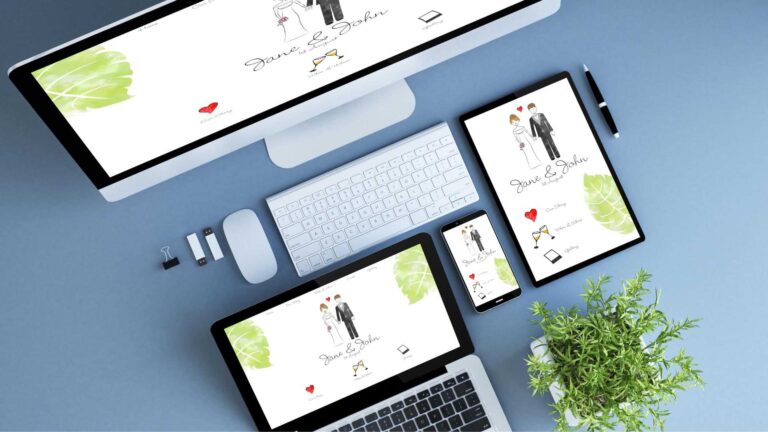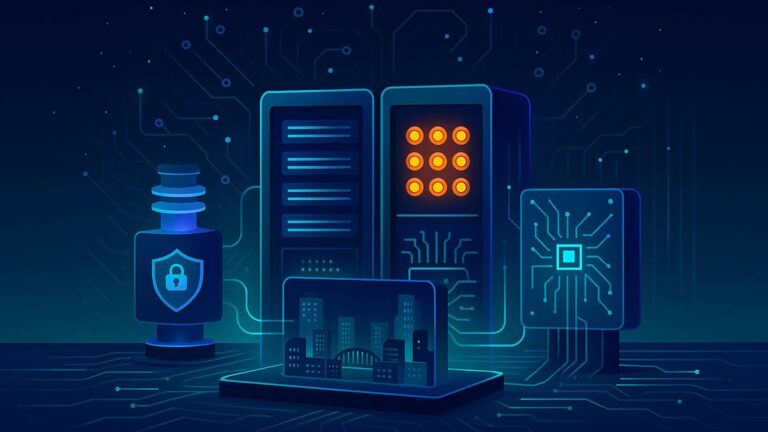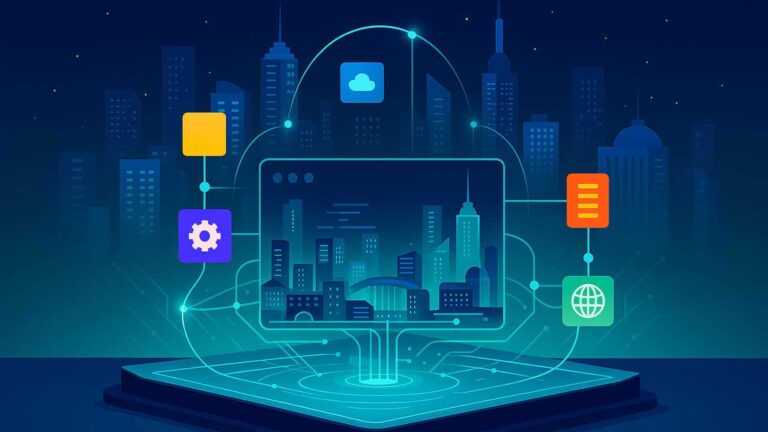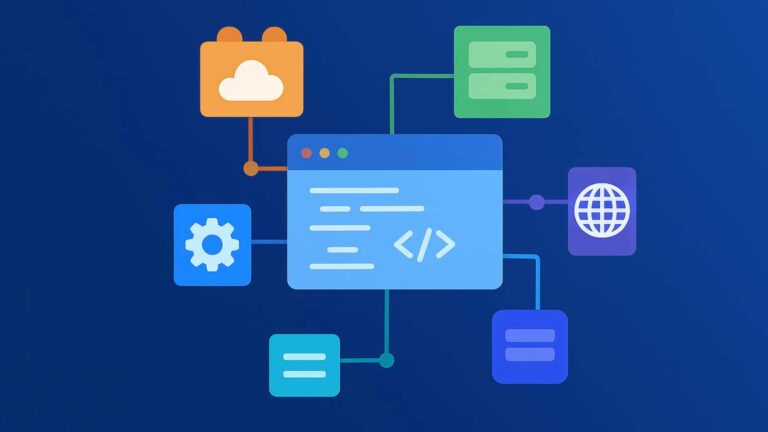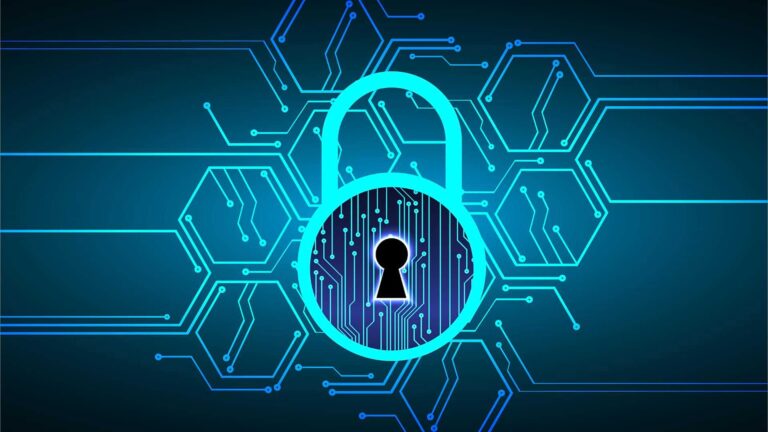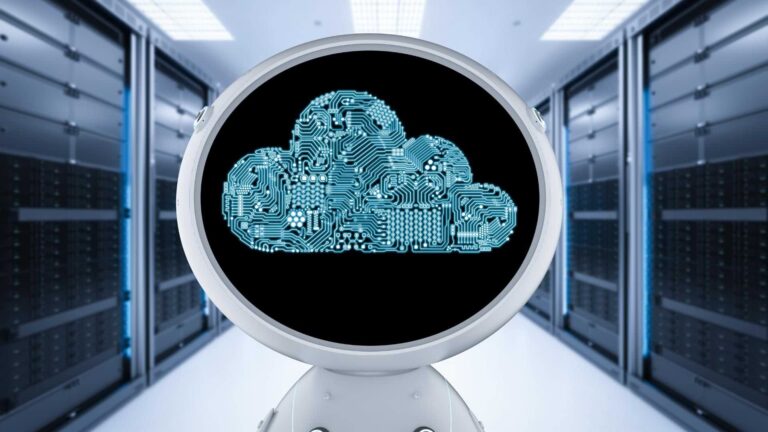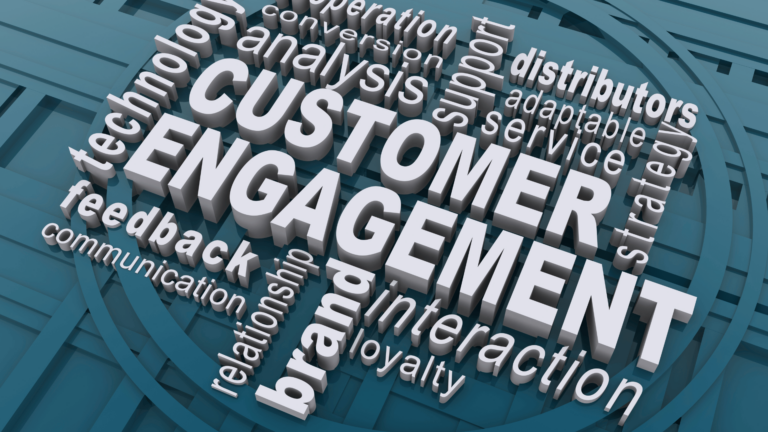Digital twins are no longer confined to manufacturing—they’re expanding into smart cities, healthcare, energy, and beyond. In 2025, they’re helping organizations visualize, simulate, and optimize complex systems with unprecedented precision.
What Is a Digital Twin?
A digital twin is a virtual model of a physical object, system, or process. It’s built using real-time data from sensors, devices, and software, allowing users to monitor performance, predict outcomes, and test scenarios without affecting the real-world counterpart.
For example, a digital twin of a wind turbine can simulate wear and tear, predict maintenance needs, and optimize energy output—all before any physical changes occur.
Applications Across Industries
- 🏭 Manufacturing: Predictive maintenance, process optimization, and quality control
- 🏙️ Smart Cities: Traffic flow, energy distribution, and infrastructure planning
- 🧬 Healthcare: Personalized treatment simulations, organ modeling, and remote diagnostics
- 🚀 Aerospace: Mission planning, system testing, and performance analysis
- 🏢 Real Estate: Building management, energy efficiency, and tenant experience
Digital twins help reduce downtime, improve safety, and support data-driven decisions—especially when integrated with AI and machine learning.
Key Technologies
To build and maintain digital twins, organizations use:
- IoT sensors: Capture real-time data from physical systems
- Cloud platforms: Store and process large volumes of data
- AI and analytics: Identify patterns, predict outcomes, and optimize performance
- 3D modeling and simulation tools: Visualize and interact with virtual replicas
- Edge computing: Enables local processing for faster response times
These technologies work together to create dynamic, responsive models that evolve with their physical counterparts.
Strategic Value
Digital twins offer more than operational efficiency—they provide strategic foresight. By simulating future scenarios, businesses can make proactive decisions, reduce risk, and innovate with confidence. As connectivity and computing power grow, digital twins will become essential tools for planning, diagnostics, and optimization.

